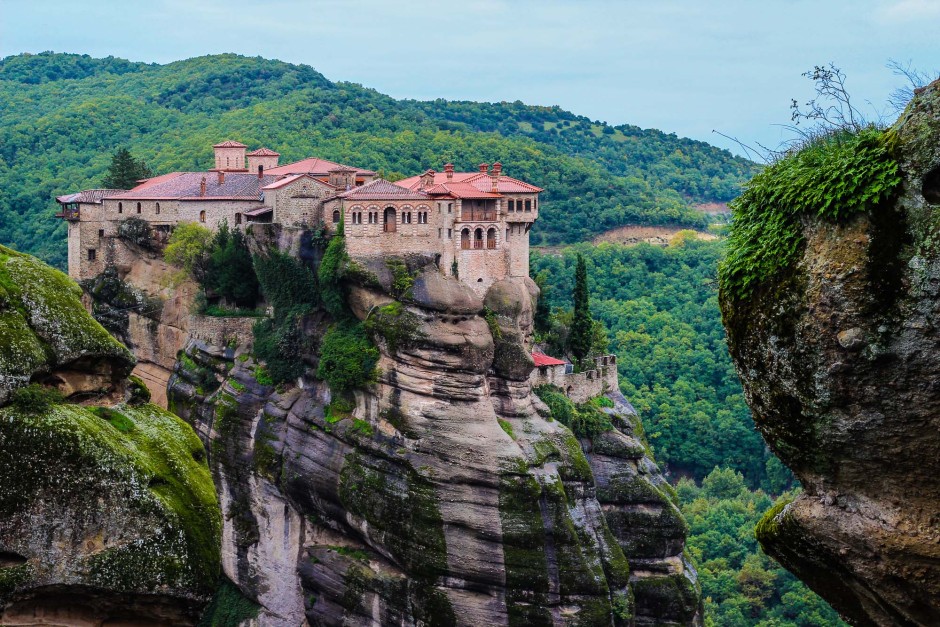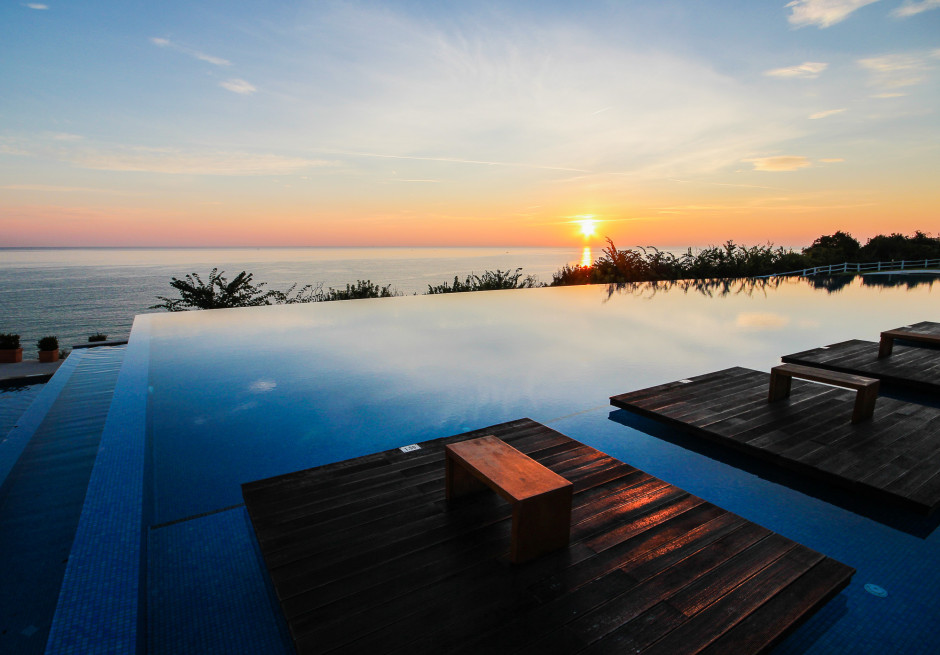For long I’ve fantasized about Greece: island hopping, soaking up sun, eating fresh fish while the sun dipped into the Mediterranean. Last October I finally got to go. But instead of seaside lounging, I headed for the mountains of Thessaly, the stone forest of Meteora, and a tour of Athens. I’m glad I did. There’s far more to this country than just beaches and seafood.
[Note: Colm was a guest of Visit Greece and Visit Meteora. Special thanks to The Divani Collection, Athens Walking Tours, and Cavo Olympo Hotel & Spa]

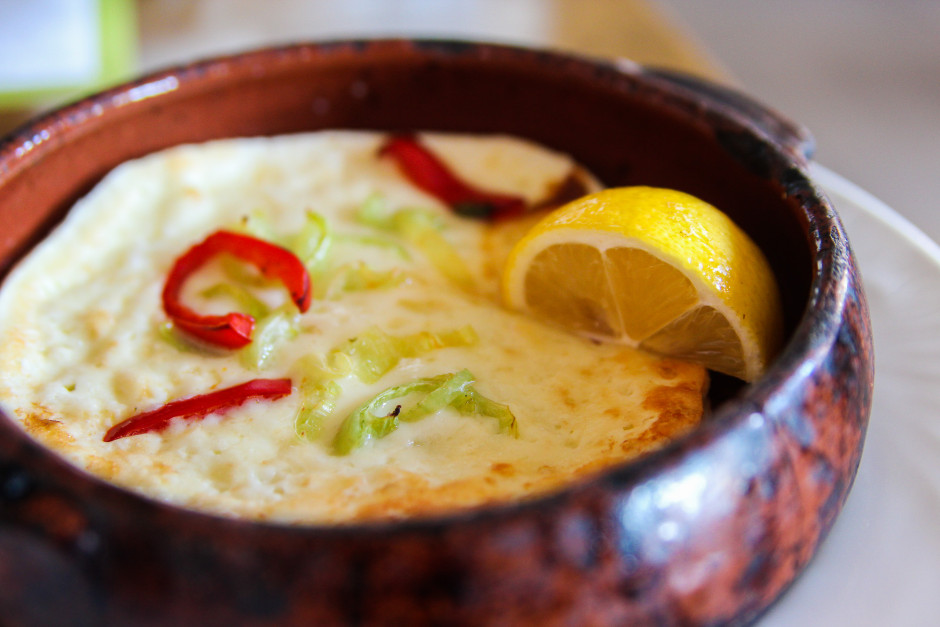
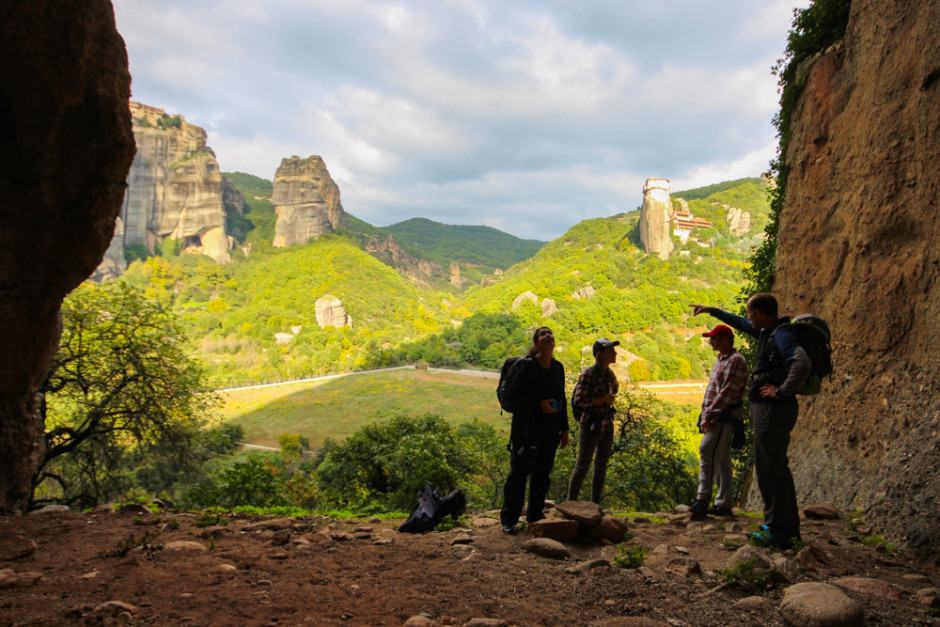
Intermission
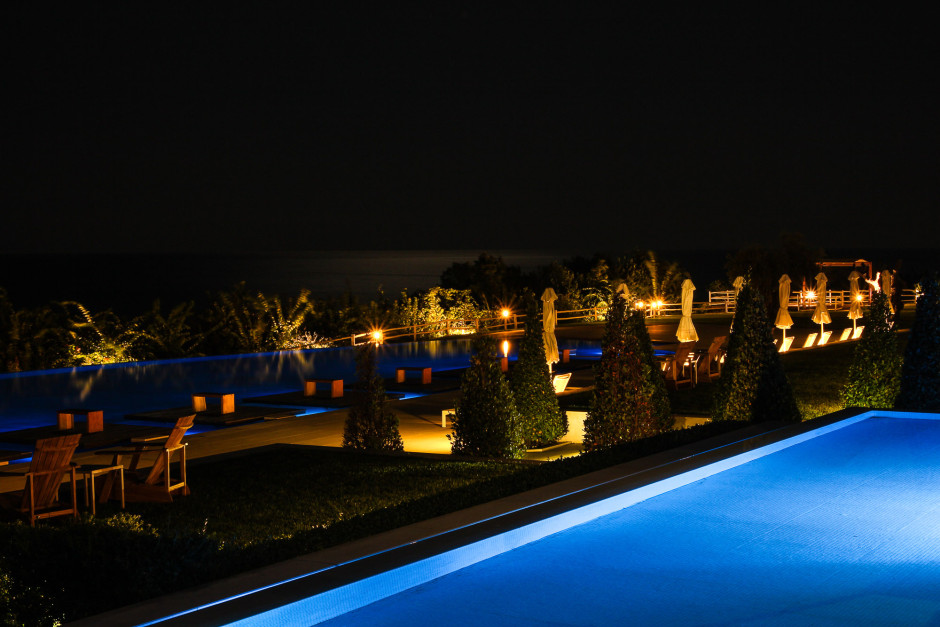
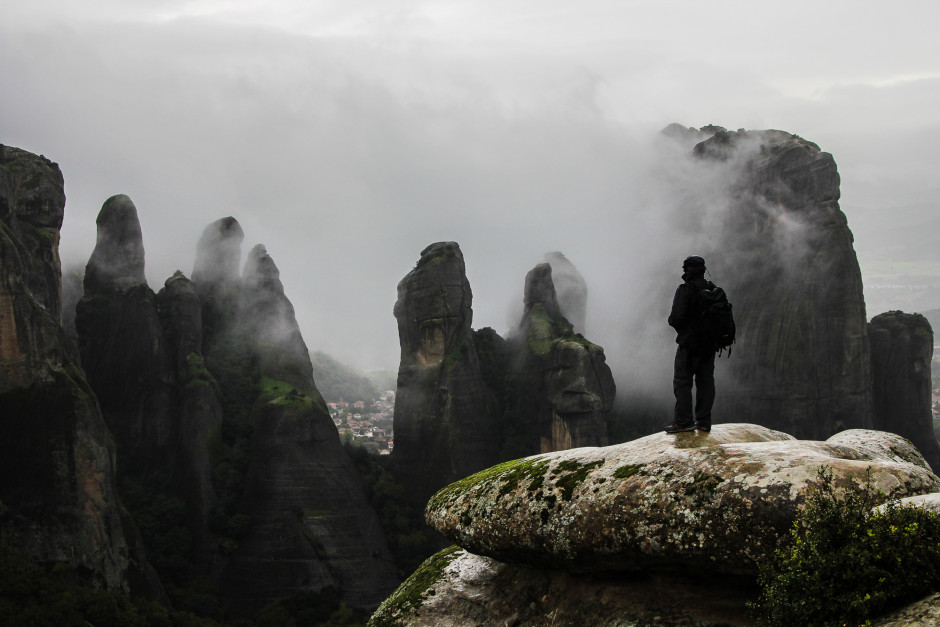
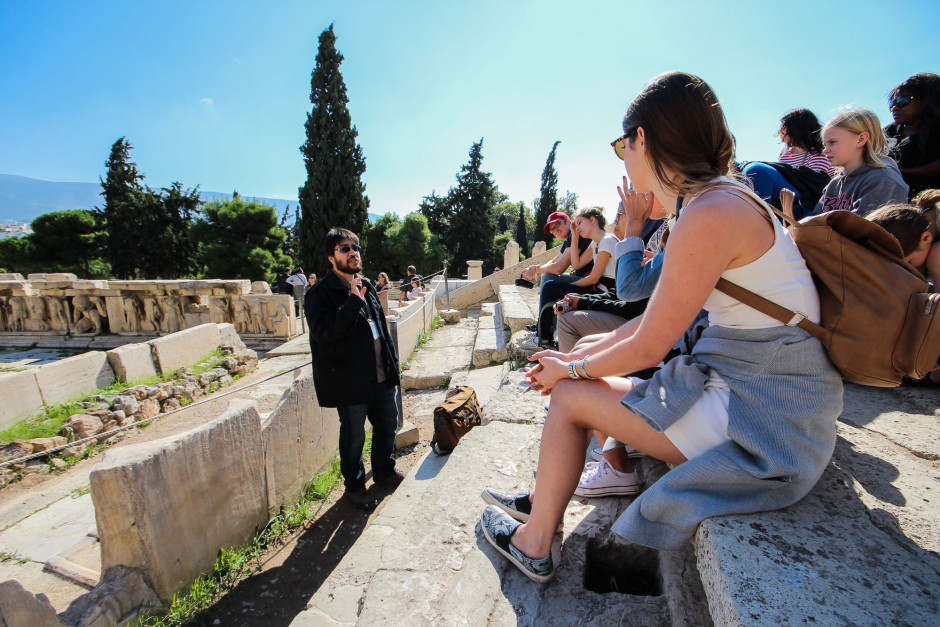
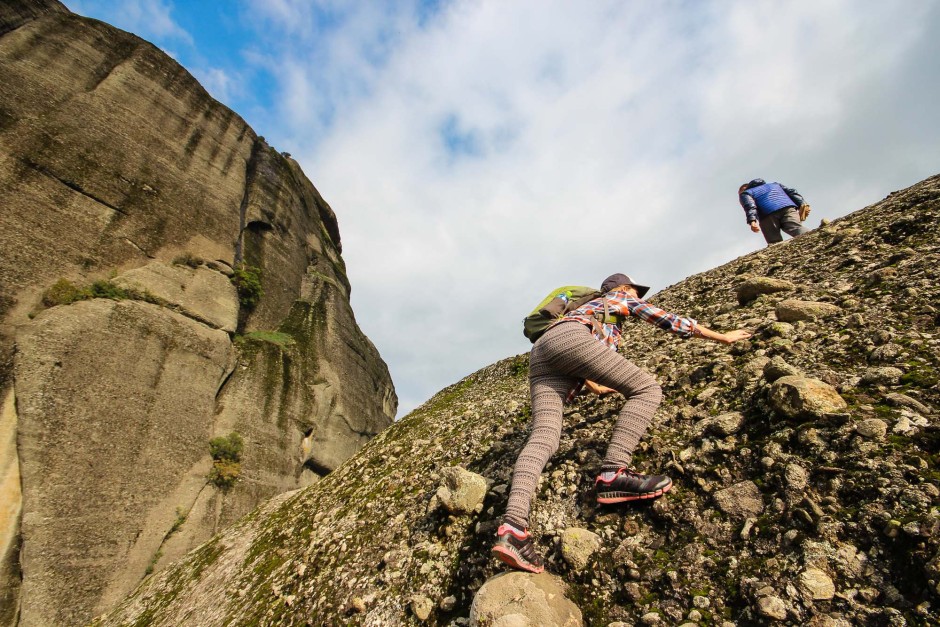
Intermission

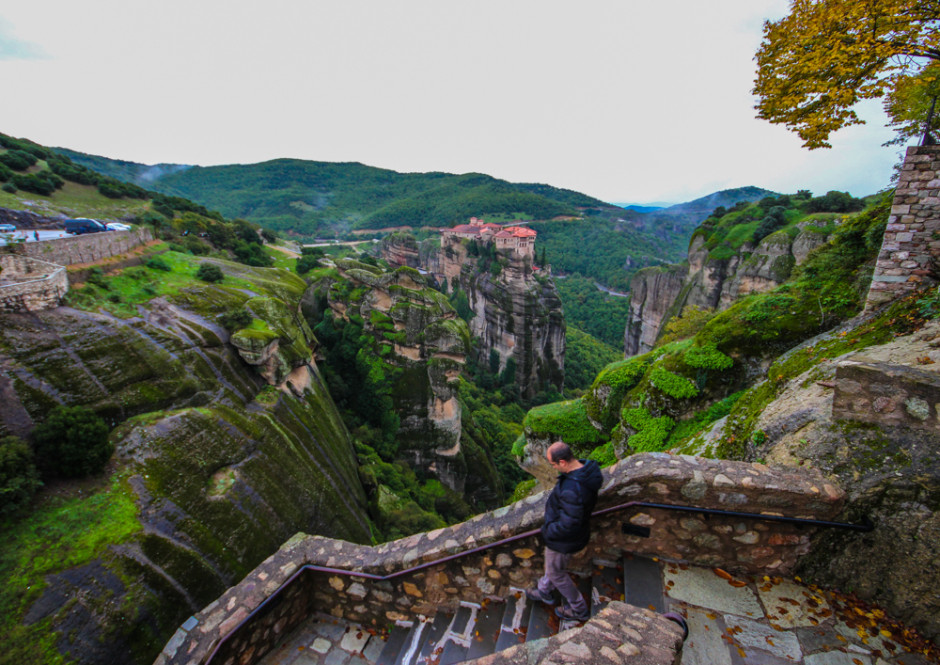

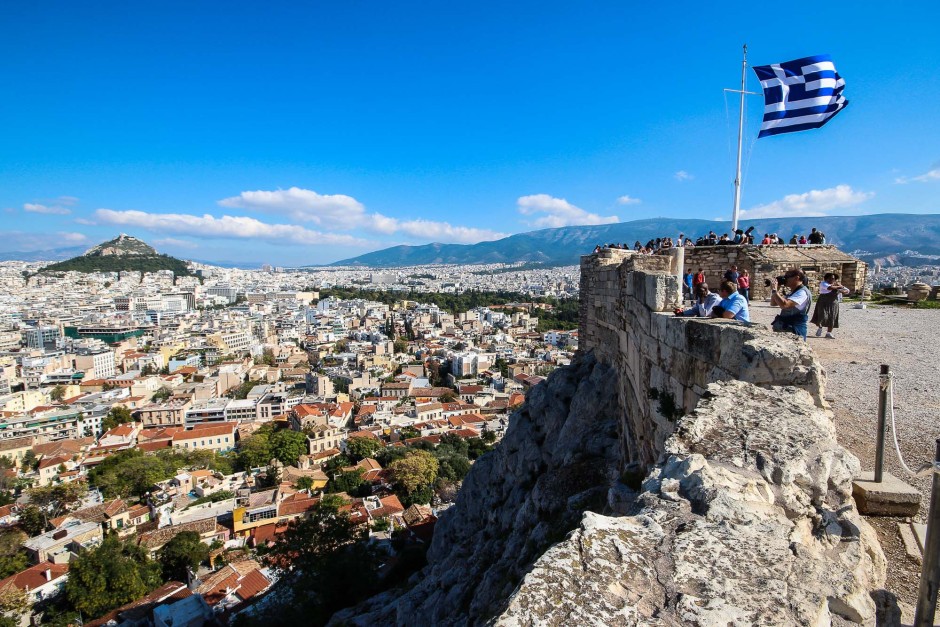
Intermission


